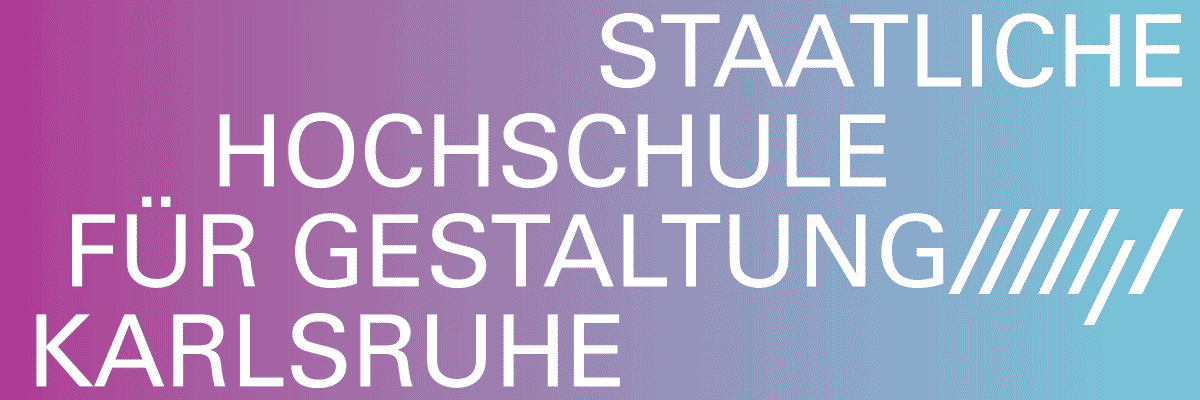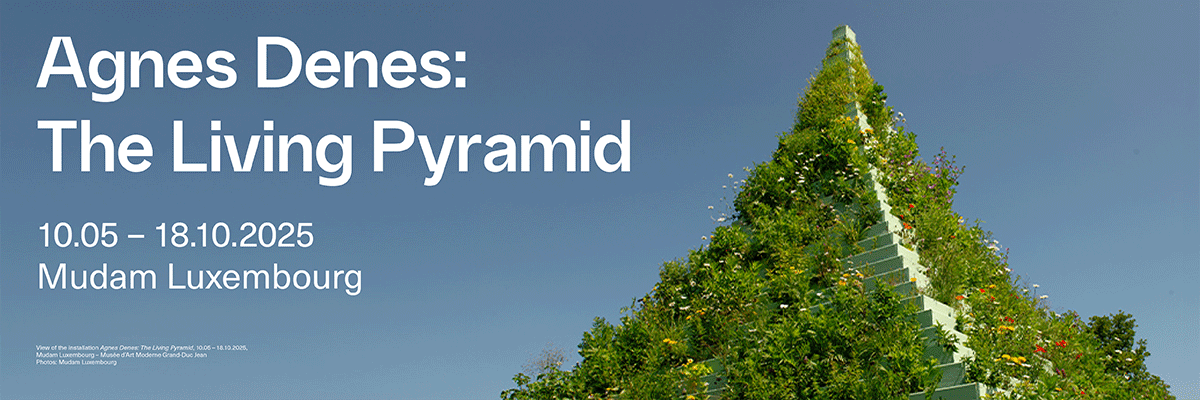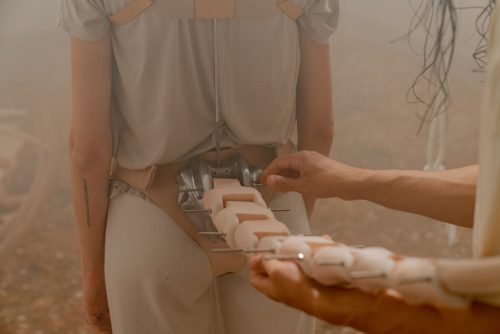
Dorota Gawęda & Eglė Kulbokaitė
Upiór

Installation view, Dorota Gawęda & Eglė Kulbokaitė, Upiór, 2023
Advertisement

Installation view 2, Dorota Gawęda & Eglė Kulbokaitė, Upiór, 2023

Dorota Gawęda & Eglė Kulbokaitė Dead Ringer I,2023 Found aluminium part (CERN), maple wood, soap finish,36 x 45 x 55 cm

Installation view 3, Dorota Gawęda & Eglė Kulbokaitė, Upiór, 2023

Dorota Gawęda & Eglė Kulbokaitė Dead Ringer II, 2023 Found aluminium part (CERN), maple wood, soap finish, 1 45 x 45 x 45 cm

Installation view 4, Dorota Gawęda & Eglė Kulbokaitė, Upiór, 2023

Detail view

Installation view 5, Dorota Gawęda & Eglė Kulbokaitė, Upiór, 2023

Dorota Gawęda & Eglė Kulbokaitė Dead Ringer V, 2023 Found aluminium part (CERN), maple wood, soap finish, 36 x 44 x 4 cm

Installation view 6, Dorota Gawęda & Eglė Kulbokaitė, Upiór, 2023

The Large Piece of Turf 02:60, 2020 Industrial aroma diffuser mechanism, programmed at 02:60 interval, stainless steel, synthetic petrichor fragrance (produced in collaboration with International Flavors and Fragrances Inc.), 27 x 25 x 12 cm
“Will CERN generate a Black Hole?” is a genuine question to which the European Organization for
Nuclear Research issued an official reply. It read: “The Large Hadron Collider will not generate
black holes in the cosmological sense. However, some theories suggest that the formation of
tiny ‘quantum’ black holes may be possible. The observation of such an event would be thrilling
in terms of our understanding of the Universe; and would be perfectly safe.” It is somewhat
reassuring that scientists there are more likely to make “thrilling observations” than bring about
cataclysmic events. Still, when facing the unknown that defies human comprehension, there
comes the inevitable sense of overwhelming greatness, the sublime, and, with that, a sense of
danger. It is said that, while they might be coy about their achievements, the staff working in the
high-security facilities outside Geneva treat their work with respect bordering on reverence.
With no sharp edges, the aluminium elements of the most recent sculptures of Dorota Gawęda
and Eglė Kulbokaitė have sleek, even shapes. They almost feel soft when contrasted with the
spike-ended wooden cones they have been fused with. Resembling machine parts, those
aluminium objects have been sourced at CERN during the artists’ residency stay.
Ok, hold on. One does not simply walk out of there with a couple of critical mechanical parts (it’s
difficult to imagine parts that are unimportant) under one’s arm. Are those discarded, spare? In
either case, the thought of elements of a machine potentially capable of bringing about – no
matter how harmless – “tiny ‘quantum’ black holes,” having its parts scattered around, is
discomforting. Did something fall out? Maybe it’s all a massive scam. Imagine, several hundred
scientists running a global scheme, attesting to have seen things others cannot see, and
claiming they are capable of unraveling the secrets of the universe. Do those machines even
work? Or perhaps they do, but the truths they have revealed border on hilarious and horrifying.
Prompted for an answer to “the ultimate question of life, the universe, and everything,” Deep
Thought, the second greatest computer ever created in Douglas Adams’ Hitchhiker’s Guide to
the Galaxy, takes seven and half million years to think and replies: “Forty-two.”
Upiór is a creature of multiple origins, described variously as a vampire, revenant, or a departed
cursed in their lifetime. It is a demonic being that figures heavily in the Slavic lore. Despite their
different characteristics and shifting forms, upiórs have one common feature: they inhabit the
realm of the in-between. Both natural and supernatural, alive and dead, human and non-human,
the upiór embodies the contradiction to express the paradoxical. In this sense, too, the upiór is
timeless, ready to embody the fear of each coming era.
The objects of Dorota Gawęda and Eglė Kulbokaitė bring together dichotomies in a similar
manner: those between natural and constructed, safe and threatening, and ultimately, human
and non-human. The scent that can be sensed in the exhibition space is known as petrichor, the
smell of soil after a rainfall – its name a portmanteau of Greek words denoting ‘stone’ and the
fluid that runs in the veins of mythical gods – and is arguably one of the most primary
experiences on Earth. Here, however, the scent has been artificially engineered. The feeling of
uneasiness is difficult to shake. This is one of the upiórs that haunt us today: one embodying the
fear of what lurks between what we take to be true and what is meant to appear true, the
analogue and the digital, and the line between the flesh and the machine. But on the quantum
level, the question of what is real takes on different meanings. Now, imagine, what kind of upiórs
would scare a physicist at CERN to death?
Krzysztof Kościuczuk




